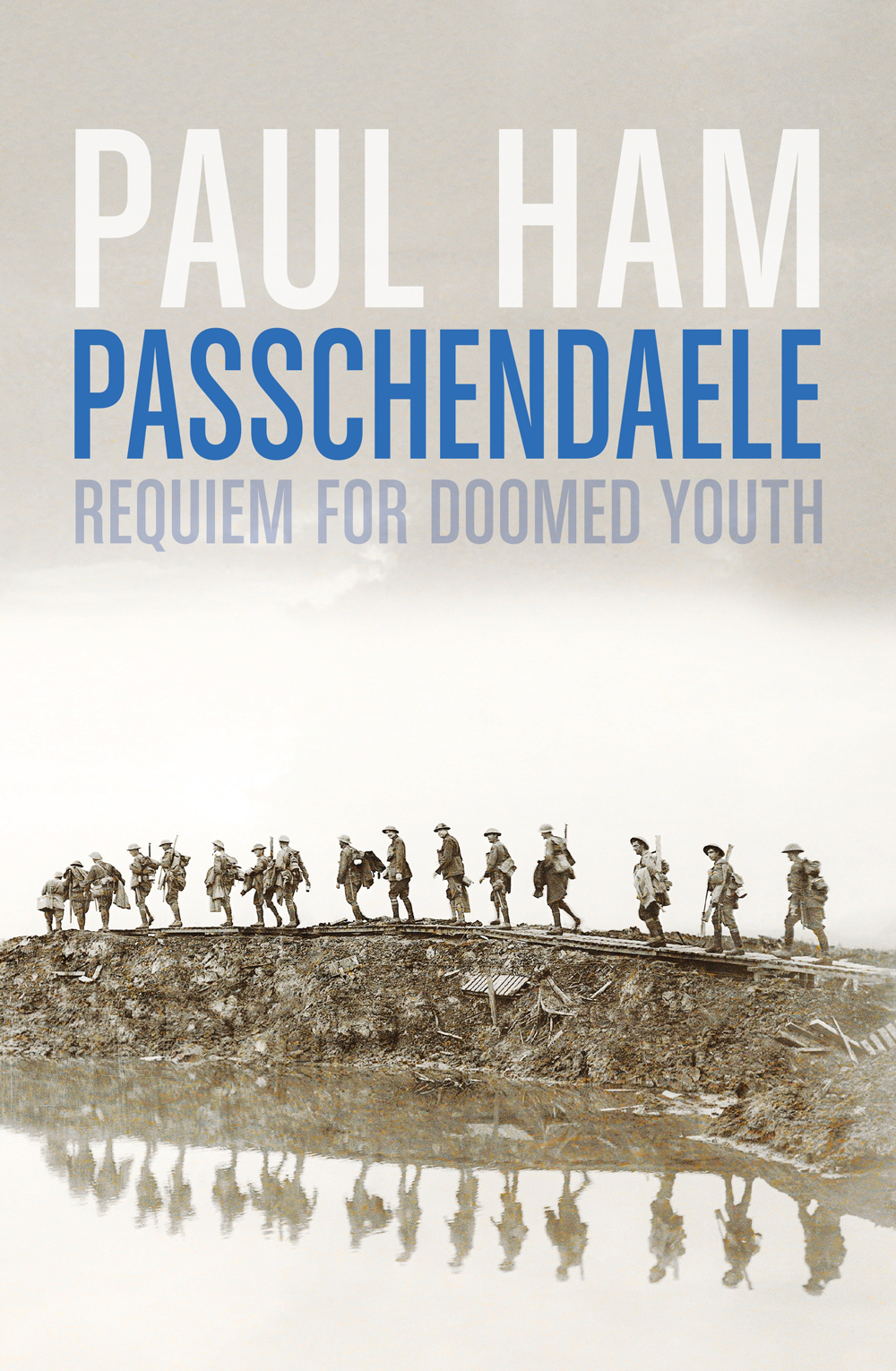As military historians are now writing on specific 20th century campaigns, they have the time and space to explore every facet of what was involved. Paul Ham has very successfully used a three-part format: social, economic, political and geographical background; the campaign itself with numerous first-hand accounts from all levels from both belligerents; and finally, the aftermath as it affected the combatants, their families and their countries, and the strategic implications of military commanders and their governments.
Haig, the allied commander, said there would be no repetition of the two battles of the Somme twelve months earlier in 1916. Terrain, weather and artillery fire support were the essential factors to be considered, and the success at Messines in June 1917 admirably demonstrated the value of thorough planning and preparation. The deterioration of the weather and the condition of the terrain confronting Allied soldiers who continuously attacked the deep German defensive lines of pill boxes and trenches, resulted in incredible losses in both the September and November battles for Passchendaele Ridge. The Seabrook family of Sydney lost three sons at Polygon Wood on 20-21 September. The second battle saw inadequate artillery ammunition being available during the assault with some troops standing bogged in mud in front of German machine guns.
The reader is left to ponder how many allied soldiers’ lives could have been saved if either or both Haig and Lloyd George had been prepared ‘to blink’ in their game of one-upmanship.
Ham’s style is most readable, there is no ‘pussy-footing’ when it comes to description of the unbelievably stomach-turning environment in which soldiers lived, fought and occasionally slept. First-hand accounts are kept short and relevant, covering the battlefield from both sides − through the eyes of commanders, attacking troops to stretcher-bearers. The maps provided are adequate and sixteen pages of photographs show the key military and political leaders and leave no doubt as to battlefield conditions. Over 100 pages are devoted to nine appendices, acknowledgements, notes and references, bibliography and a most comprehensive index.
This is a work that puts everything on the table for the military history buff.
Reviewed For RUSIV by William Heinemann, 2016

Hardback 565 pp RRP: $49.00
Contact Royal United Services Institute about this article.






